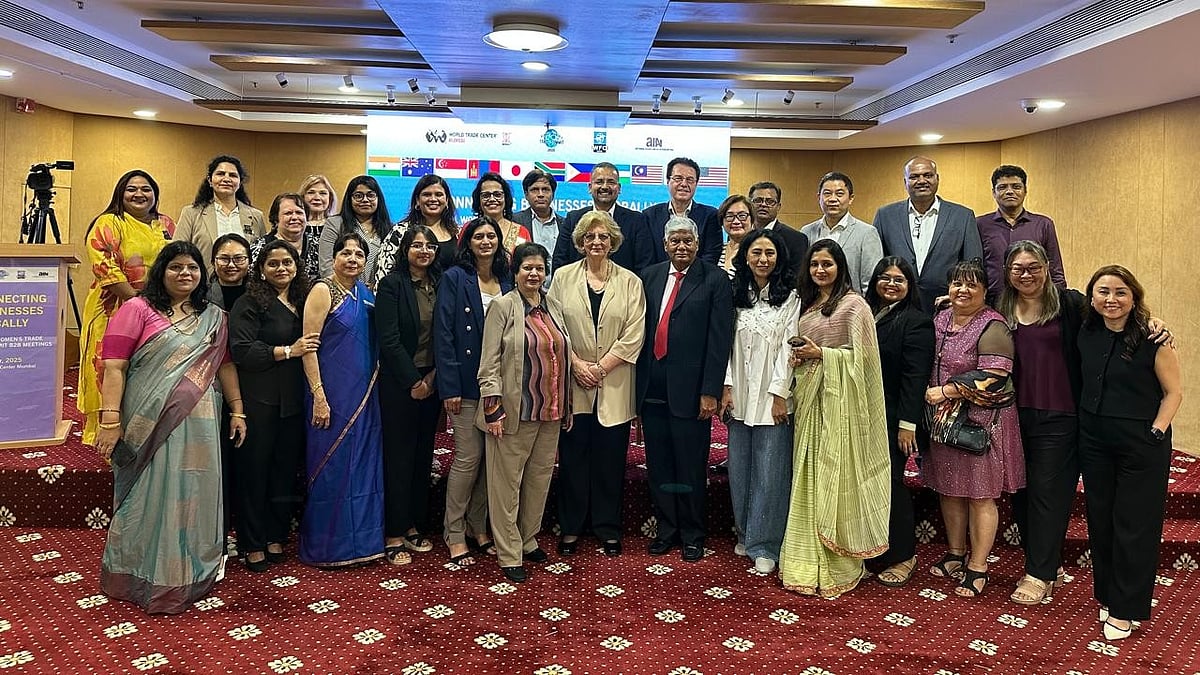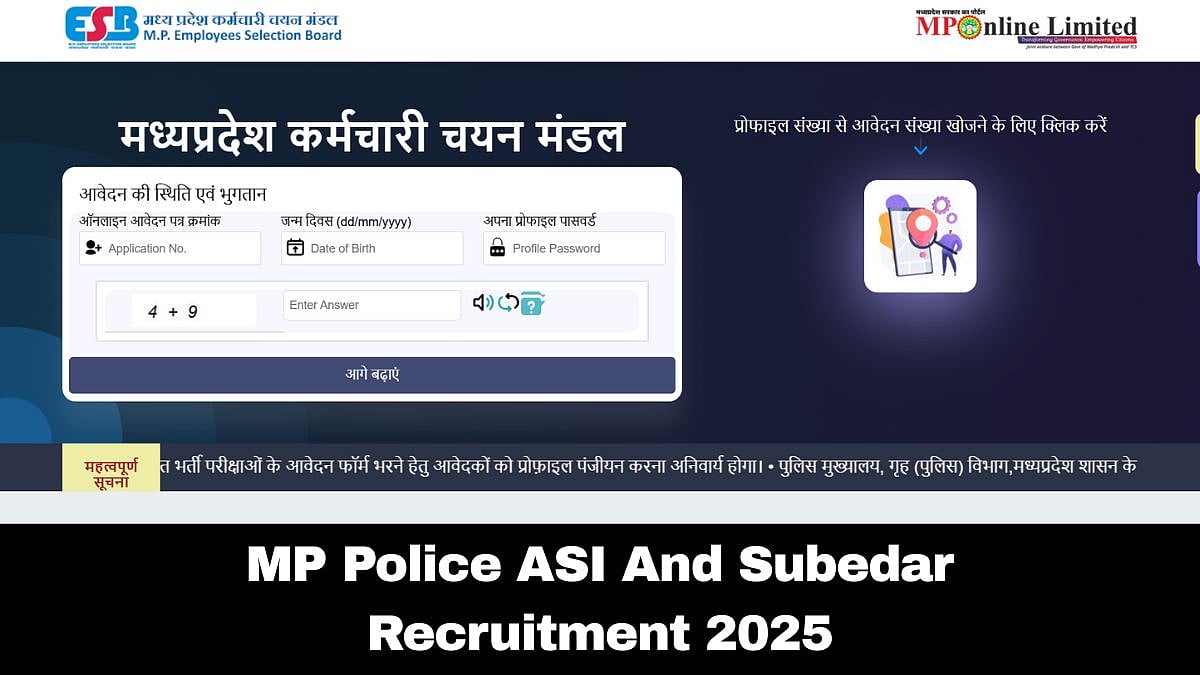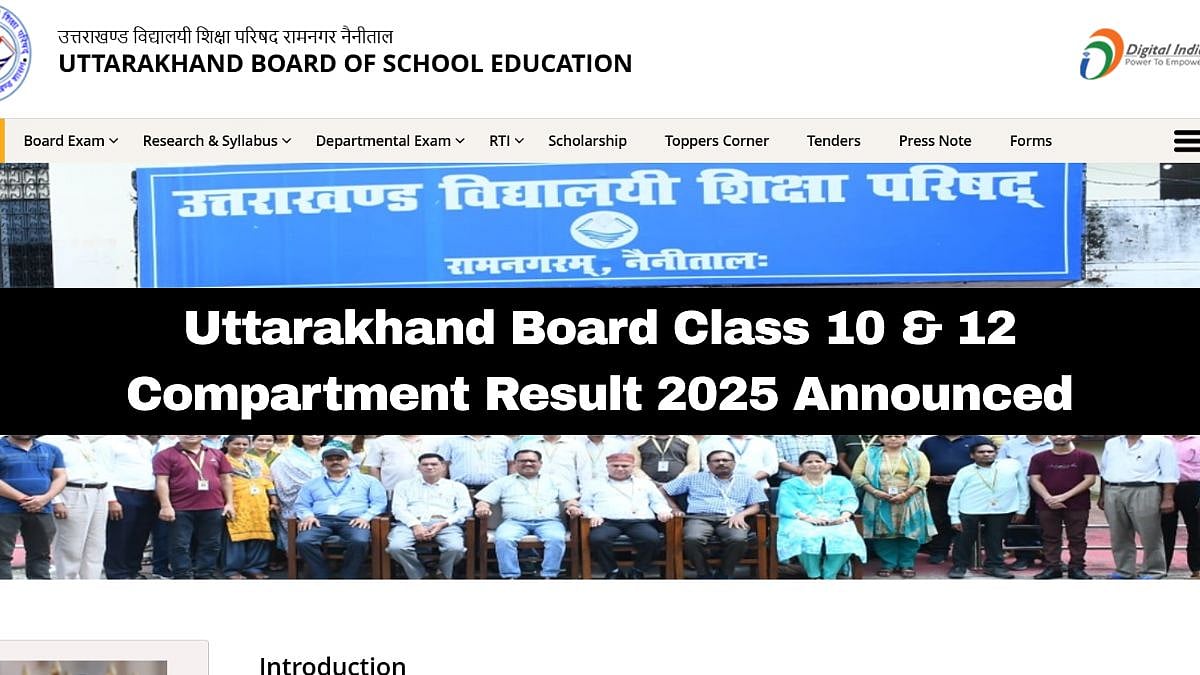The ancient Sanskrit text, Manusmriti is in talks to be introduced at Delhi University by its Faculty of Law. The discussions for which are currently underway. There has been no official announcement yet. As per multiple media reports, Manusmriti is in plans to be introduced for the undergraduate programs under the paper called Jurisprudence (Legal Method).
On Friday, July 12, 2024, the university's academic council for academic matters will review the documents of the revised syllabus for the same, as reported by The Indian Express. If it is given a green signal by the council, it will likely be implemented for the August session. The Manubhasya of Medhatithi by G N Jha is a commentary on the Manusmriti written by Medhatithi. It explains and interprets the Manusmriti, helping readers understand its teachings and context better. In the undergraduate course for Bachelor of Laws (LLB), under Unit V - Analytical Positivism, students might be recommended to read this text. This would help them explore ancient legal perspectives and understand how laws were perceived and applied in ancient India.
What Is Manusmriti?
One of the numerous legal texts and constitutions among the numerous Dharmaśāstras of Hinduism is the Manusmṛiti. This text is also referred to as the Mānava-Dharmaśāstra or the Laws of Manu. Because the text is written in verse, the term "Manusmriti" was only recently coined and is relatively modern.
Facts About Manusmriti
There are currently over fifty known manuscripts of the Manusmriti, but since the 18th century, the "Kolkata (formerly Calcutta) manuscript with Kulluka Bhatta commentary" has been the most widely translated, oldest, and most widely accepted version. According to contemporary research, there is inconsistency among the Manusmriti manuscripts found in India, and this supposed authenticity is untrue, as stated by Wikipedia.
One of the earliest Sanskrit texts to be translated into English was the Manusmriti, which was done in 1776 by British philologist Sir William Jones. The Hindu law code for the enclaves governed by the East India Company was created using Manusmriti.
.jpg?width=1200)










